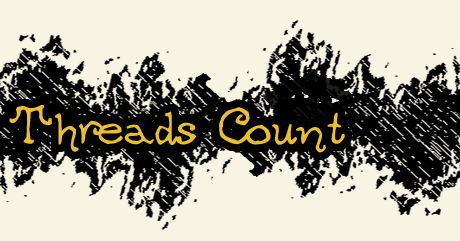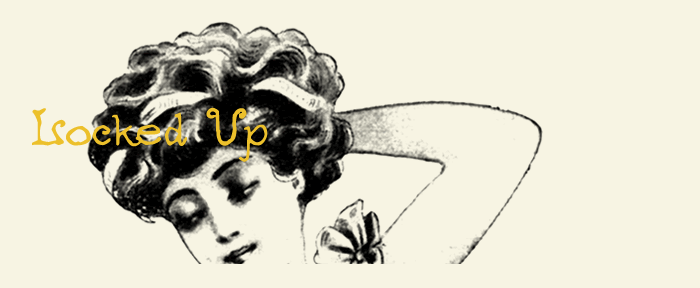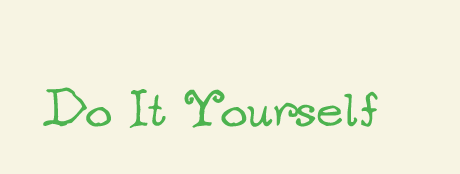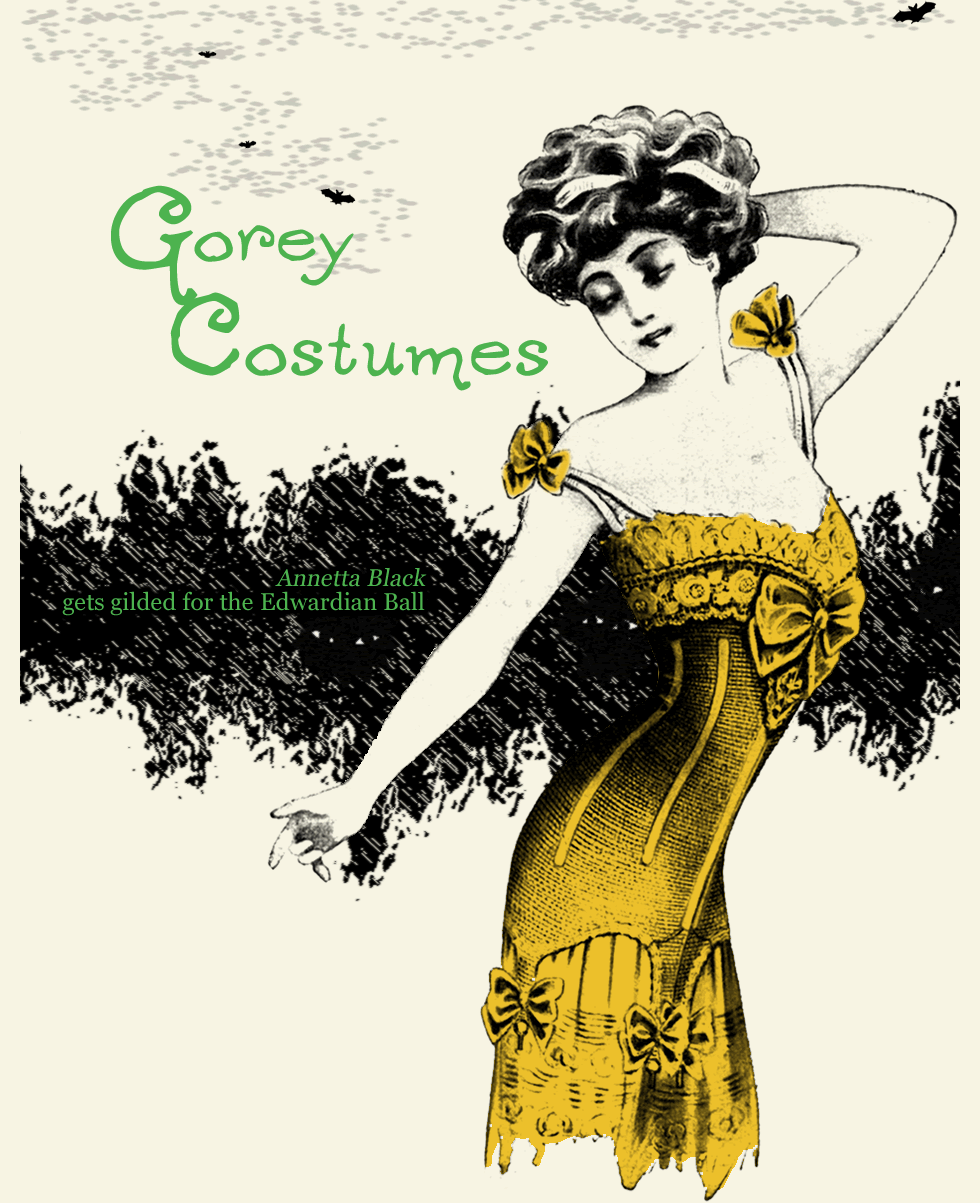
By Annetta Black
For years, I thought I had made Edward Gorey up. He was just too strange. I half-remembered a book full of weird poems, scratchy illustrations, and rhyming alphabets about gruesome deaths. I had an inkling they were somehow supposed to be funny, but I was too young to see just how. But then the book disappeared, and when I described it to my parents they had no idea what I was talking about.
Years later, I found the long lost book. It was Amphigorey, and it became the first one sitting on a bookshelf now filled with dozens of his tiny, wonderfully odd illustrated books.
For ten years now the Edwardian Ball (named for both the time period and Mr. Gorey) has been a San Francisco subculture staple — each year’s theme a different Gorey tale. It’s a combination of my favorite things: Edward Gorey, big ridiculous period costumes, freaky people, and a sense of the macabre.
I am frankly astonished that I’ve never been.

Having convinced a small cadre of friends that this was the year, my first order of business was to suss out last minute dance lessons. As it happens, Vima Dance Studios host a special series of classes every year in preparation for the Edwardian Ball. We had time for five sessions to learn the waltz, tango, foxtrot, and rumba. Pas de probleme. I mastered the waltz at a young age, and had taken many a turn around the dance floor in giant skirts before moving on to swing and lindy not so many years ago. I’m sure it’s just like riding a bicycle.
Of course, I left our first evening session in a cloud of funk and irritation. It is not so much like riding a bicycle so much as recalling high school algebra. The foxtrot is a miserable little dance, and the slow waltz, with its agonizingly non-intuitive box step, kicked my ass. Most of the others in the class were also beginners, but I noted with dissatisfaction that not all of them were having the same problems.
The second part of the class was dedicated to learning a Viennese waltz, to be performed in front of actual humans at the ball (a terrifying thought). Thankfully, I found the moves of the faster waltz more familiar, and after two sessions the fear of stepping on feet or colliding with another dancer abated somewhat. I resolved to suck it up and practice, practice, practice.
I asked Photis Pishiaras, owner of the studio and an incredibly patient instructor, about Vima’s involvement with the ball, and about what we should expect. It turns out that Vima has been involved with the Edwardian Ball for the past five years, organizing performances, teaching dance classes, and performing themselves. He sees their role as opening the dance floor and inviting participation, which is one of the reasons we’ll be performing our set-piece waltz.
He left me with some advice: “Don’t be afraid of the dance floor — just get out there.”

After doing a bit of homework on the Edwardian era, I realized that finding ball-worthy threads was no small challenge. Technically, the Edwardian period only lasted from 1901–1911 during the reign of England’s King Edward VII, but the ball’s inspiration spans the fashions of Gorey’s characters — often Edwardian, but occasionally Victorian or 1920s.
I found my muse in the person of Camille Clifford, a Gibson Girl and actress with an hourglass shape, an over-the-top sense of style, and some truly huge hair. If I was going to do this, I was going to do it right.
Happily, San Francisco is a city full of eccentric and beautiful clothing options. In this case, two of the best resources are the underutilized period costume collection at the American Conservatory Theater (ACT) and the elegantly odd furnishings of Dark Garden.
Jef Valentine welcomed us into the back studios of the ACT Costume Shop for a private fitting and mini-tour of their vast offerings. With more than 42 years of plays under their belts, the costumers at ACT have amassed an extraordinary collection of costumes — all of which are available for the public to rent.
After a quick set of measurements, Valentine retreated to the racks, emerging minutes later with an armload of velvet and satin beaded and sashed numbers for consideration. Ranging in style from the Victorian period to the twenties, some were in perfect condition, others in a state of elegant decay, showing their stripes from years on the stage.

My friend selected a lipstick-red cut velvet gown with the distinctive swayback lines and peacock breast of the Edwardian period. Petticoat and bum-pad strapped on, the voluminous skirt was lowered into place, then topped with the matching bodice. Instant glamour, and yours for under 200 bucks.
To find a gown like this elsewhere would be well-nigh impossible, and to make one expensive and time consuming. I can’t believe I haven’t done this before. With the rental agreement (no fake blood, please) comes a fitting and custom alterations, all of the accessories and underthings, and a loaned ensemble for an entire week. It is a screaming deal.
Since the Edwardian Ball is not a period event but an impression through the filter of Gorey-ness, we hit Dark Garden next. Infamous for their custom corsetry, the boutique in Hayes Valley is a treasure trove of accessories and accents to darken things up. Immediately I spotted two perfectly Edwardian necklaces, as well as stockings, gloves, and rakish little miniature hats. The dramatic feathered hair clips are just the thing for big, beautiful Edwardian hair. For that last minute indulgence, they have off-the-rack corsets and floor sweeping skirts ready to go.

The final touch, the pièce de résistance, of Edwardian style is amazingly large hair. I made a date with Kim Mejia at the Wak Shack Salon in the Lower Haight.
“Hair styles followed hat styles,” Kim explained as I took notes in anticipation of my new hair. I brought in some illustrations of Ms. Clifford and other Edwardian fashion plates as reference material in case Kim was unfamiliar with the period, but I obviously should not have worried. After giving me instructions on the exact type and length of hair piece to purchase to supplement my not-inconsiderable amount of natural hair, and what to look for in a good decorative comb, she gave us some context for turn of the century hair styles.
Until the advent of the permanent wave in the 1920s, which created the culture of the salon and professional hairdresser, a lady was usually left to her own devices, or those of a talented sister or girlfriend, when it came to styling. This meant that hair was rarely washed, hardly ever cut, and styles were designed to be maintained for days at a time, set in place with irons heated in the fire, a sugar-water solution, and lots of pins. The fashionably huge hair of the Edwardian period was actually a relaxing of much more tightly-bound styles in previous decades, taking advantage of curls instead of braids, getting progressively larger as hat brims reached an almost ludicrous size at the end of the era.
Kim’s advice for aspiring Gibson Girls is to seek out a stylist who specializes in theatrical hair styles. Her own background in theater and wig dressing have left her more prepared than most when faced with the task of Really Big Hair. We made a date for the morning of the ball for the largest hair possible (when I voiced concern about the style holding until evening, she just laughed. I guess there will be a lot of pins).
So with that squared away, I guess there’s nothing left but to pull out the corset, put on some Strauss, and practice that box step.

Design by Gordon Baty
If you are planning to attend the ball (and you should), the first thing you need to do is get yourself some Edwardian Ball tickets. Then get thyself to a dance instructor at Vima Dance Studios. The ACT Costume Shop rentals are amazing and extremely affordable at $145 for the week, especially if you vow to wear nothing else for the week (And why would you?), and you’ll regret it if you pass over Dark Garden’s corsets. And finally, Kim and her crew of uncommonly skilled stylists at the Wak Shack Salon still have a few appointments available for the day of the ball for those lucky enough to snatch them up.







